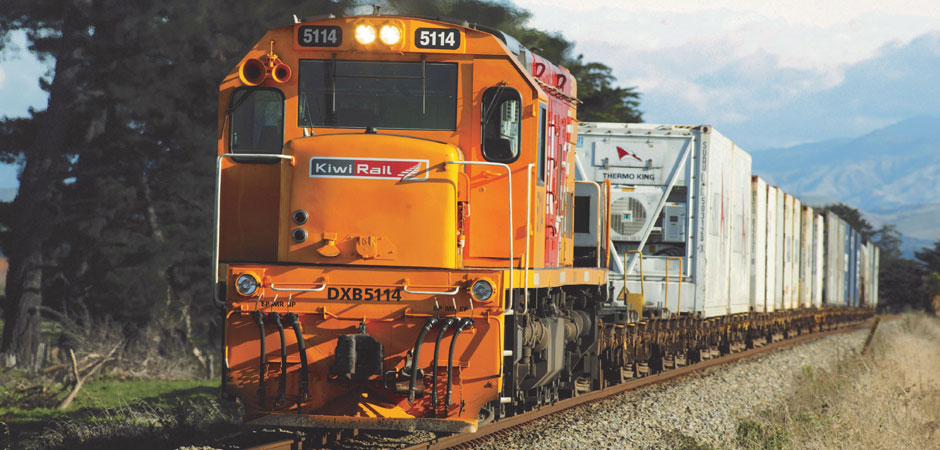Select your preferred store for a more customised experience.
Toyota Logistics Get Greener

Toyota New Zealand has reduced the CO2 emissions of parts being freighted to its Palmerston North warehouse from Wellington by 39 percent by using rail instead of road transport.
After moving parts imported by sea from Australia onto the new CentrePort rail service CentreRail, they also re-routed Thailand sea freight from Napier to Wellington to connect to the rail service.
The initiative has reduced CO2 emissions by 5 tonnes per year or 39 percent, and also reduced the number of trucks on what is a heavily congested traffic route.
Based in Palmerston North, the company is the market leader in new vehicle sales and a member of the Sustainable Business Council, which aims to measure and reduce the carbon footprint of the operations of its members. Toyota’s Managing Director and CEO, Alistair Davis is leading a Freight Efficiency project the sustainable business council has initiated.
In Toyota’s case that has resulted in greater freight efficiency from a value chain guide methodology. The company found – not surprisingly – that transporting vehicles and parts is a significant part of its carbon footprint.
“We were quite exposed to road transport,” said Alistair Davis. “We are now looking at alternatives such as making better use of coastal shipping and rail. It’s helped us identify ways we can reduce risks.”
Toyota imports parts primarily from Japan, Thailand and Australia to support the vehicles sold in New Zealand.
Parts from Thailand used to be imported through Napier and then trucked to the National Parts Warehouse in Palmerston North.
They are now shipped through Wellington and delivered by CentreRail from the capital to the Manawatu, together with parts sourced from Australia. This now makes up 25 percent of all parts imported by sea by Toyota New Zealand.
“Moving from road to rail has also generated significant cost savings in addition to the environmental benefits” said Dave Rhodes-Robinson, Toyota New Zealand’s Parts and Logistics Operations Manager.
On the vehicle side, new vehicles arrive at either Auckland or Christchurch and are then freighted around the country by the Car Distribution Group (CDG) on custom designed transporters. In some cases the CDG has found distribution by coastal shipping is more cost effective, especially when vehicles have to be shifted between the North and South Island.
CDG has undertaken a significant fleet upgrade in the last three years. Now nearly half its fleet meets Euro 5 emission regulations, compared to just 17 percent of its trucks in 2012. At the same time the capacity of many of its trucks has been increased from seven to eight vehicles.
Twelve percent more Toyota vehicles are being distributed around New Zealand compared to a year ago, but the CO2 emissions to deliver each unit has been reduced by three percent, largely due to the greater efficiency of the CDG fleet.
With increasing volume and pressures on the ports of Auckland and Lyttleton, Toyota is currently studying landing new vehicles in Wellington to improve the efficiency and timeliness of delivery in the lower North Island, which would also reduce the amount of road freight required.
“We are always looking for improvements in the way we operate in both our vehicle and parts distribution,” said Mr. Rhodes-Robinson. “A number of developments are also underway on the parts front to create further efficiencies and cost reduction.”
Another significant CO2 initiative of late was replacing the halogen lighting with fluorescents in our main parts warehouse in Palmerston North which saves 38 tonnes of CO2 per annum and $22,500 per annum in energy/bulb costs, which equates to $469,200 over the life of the lights.